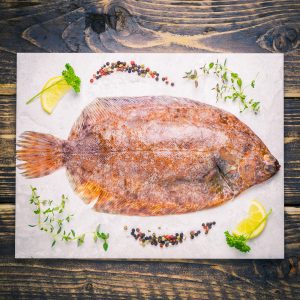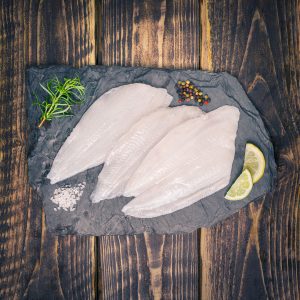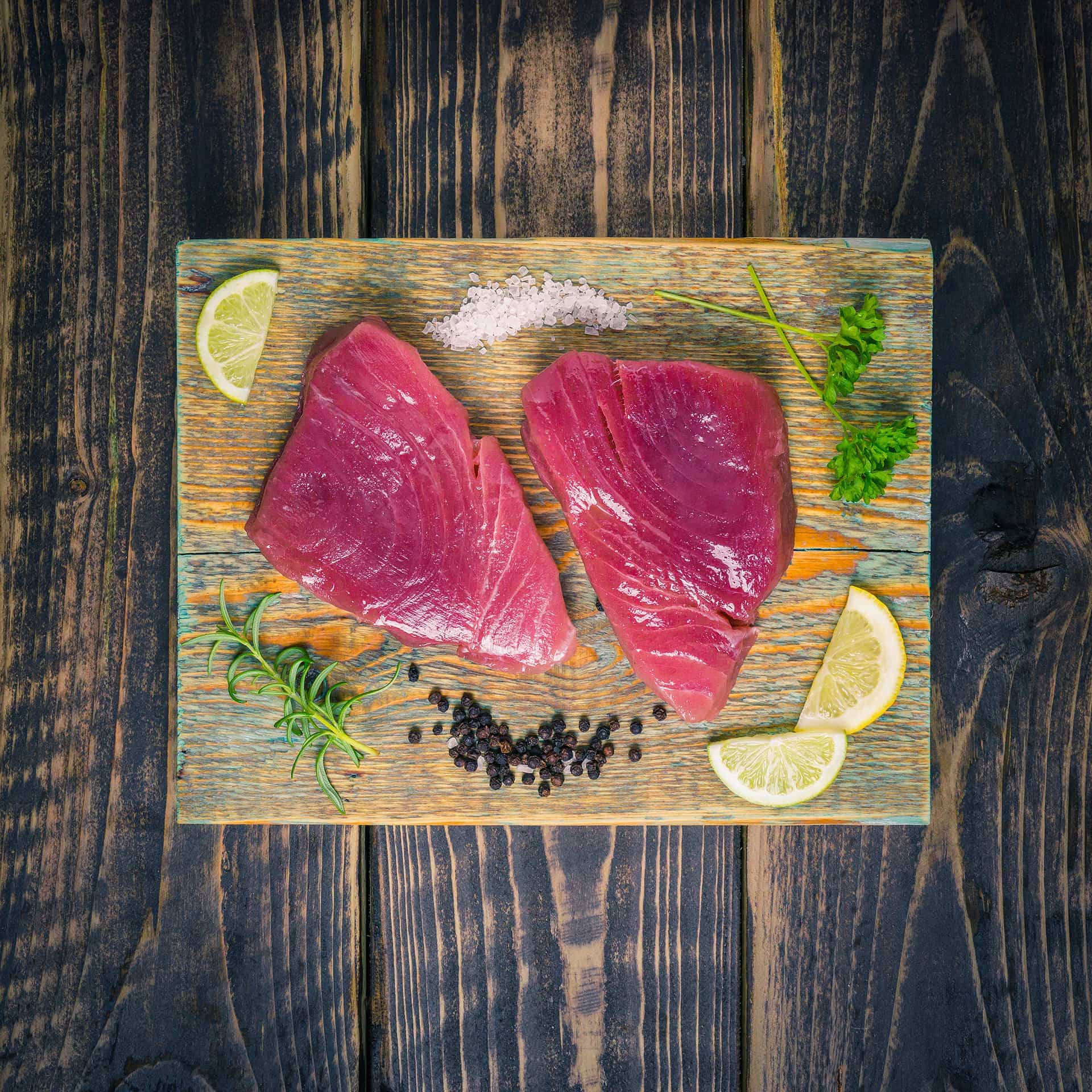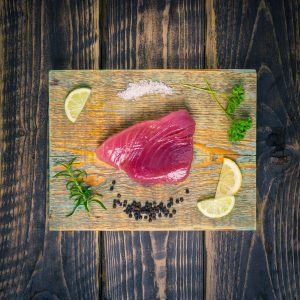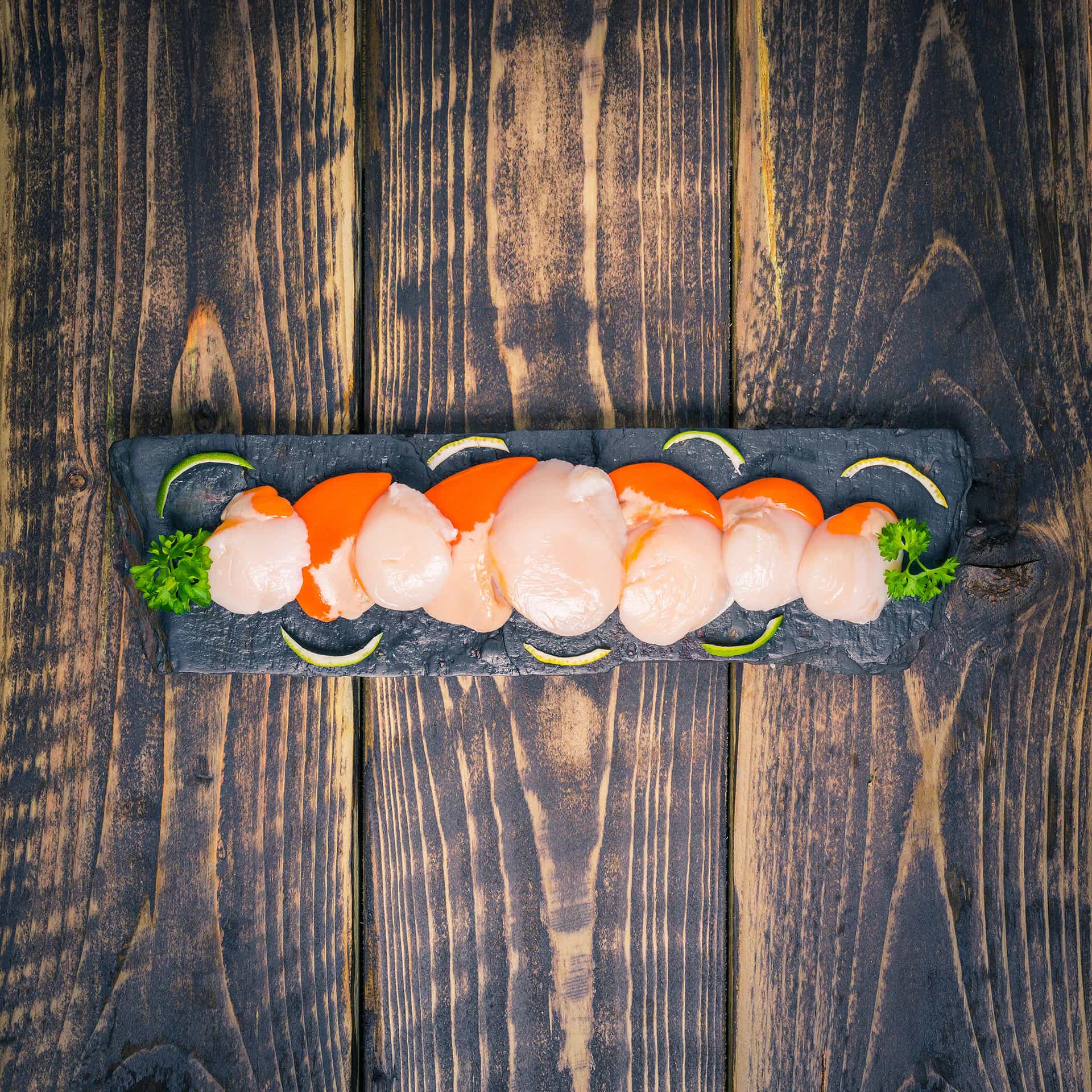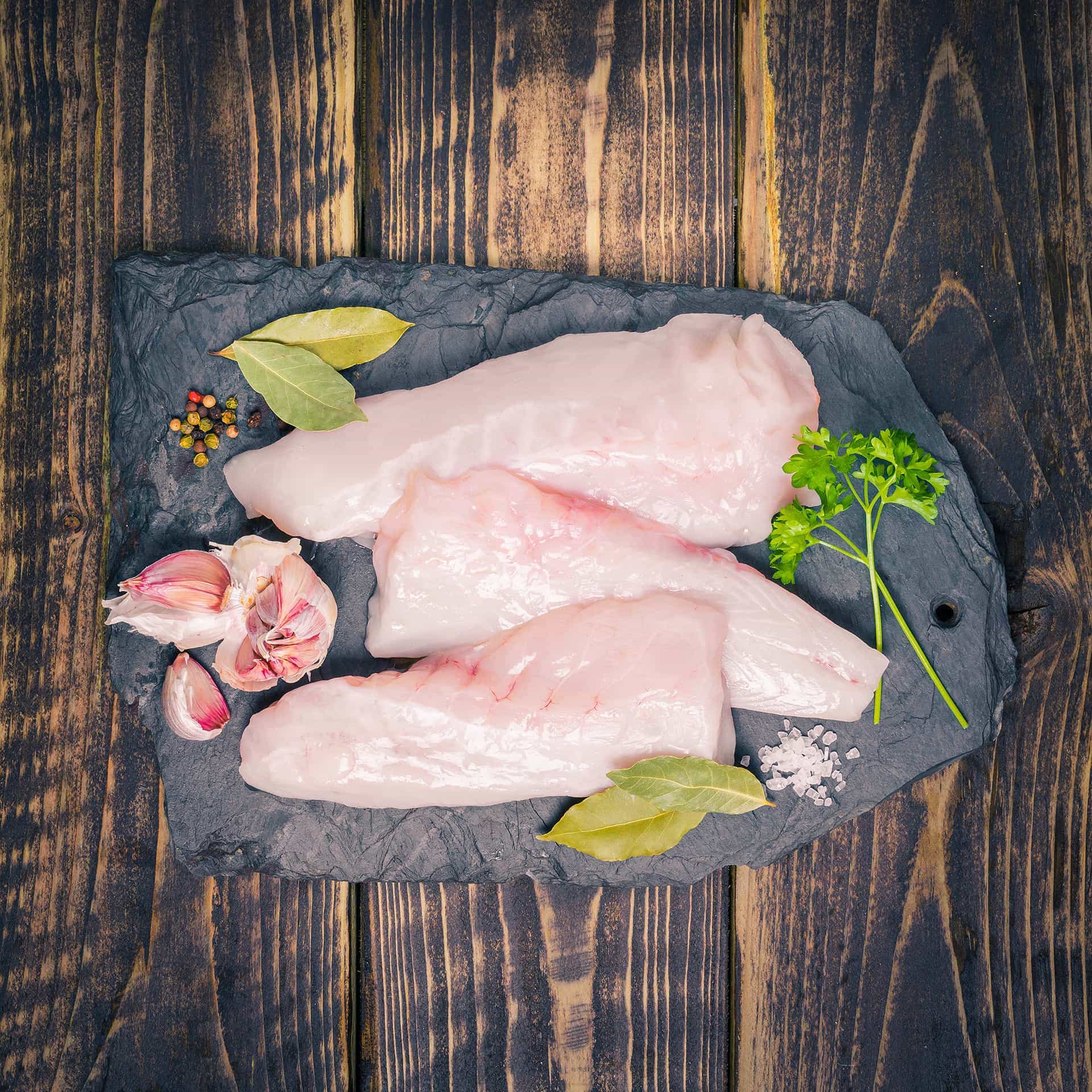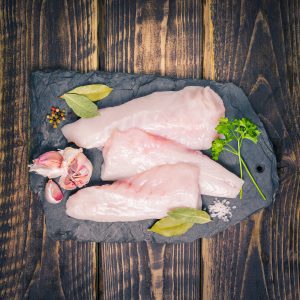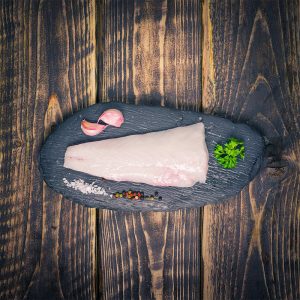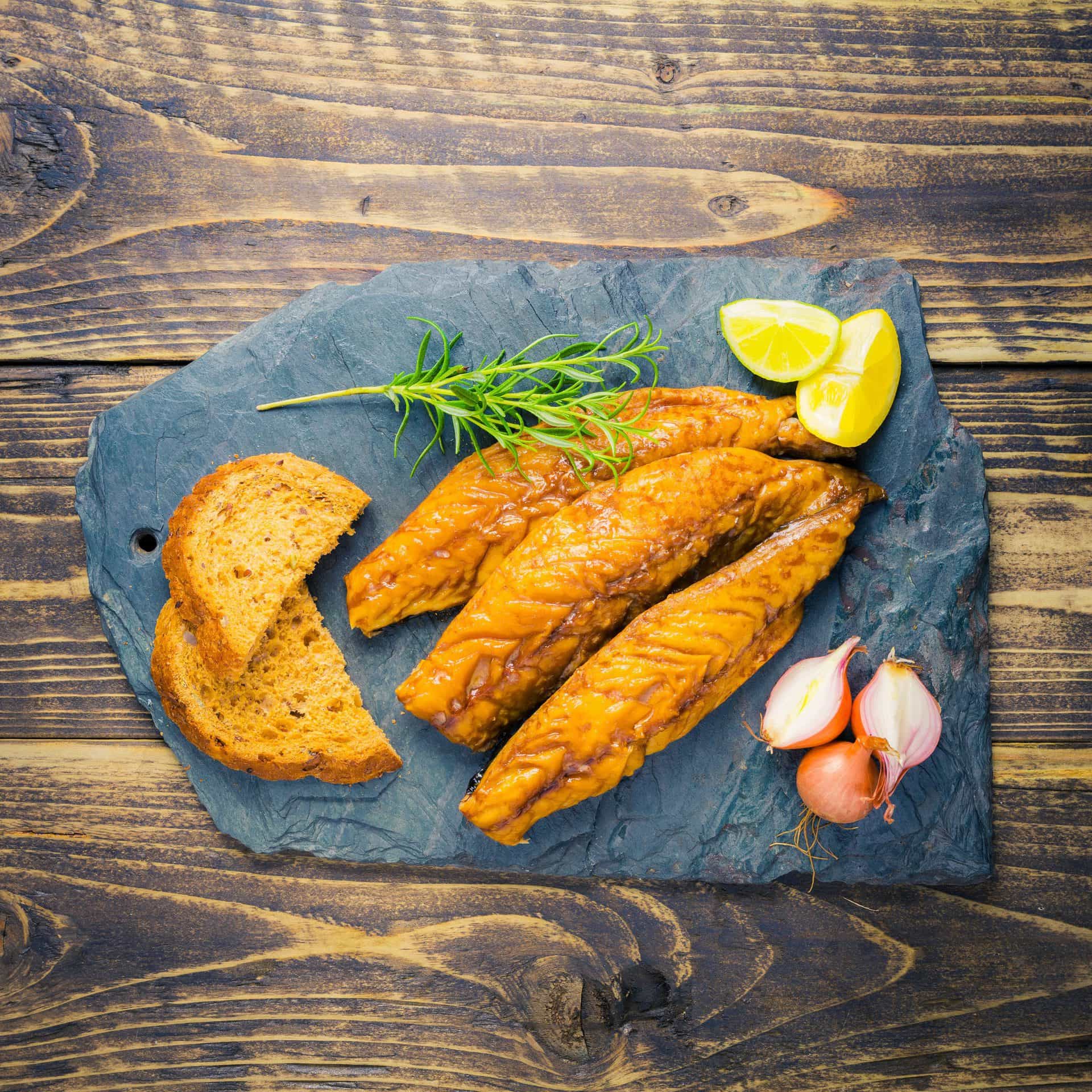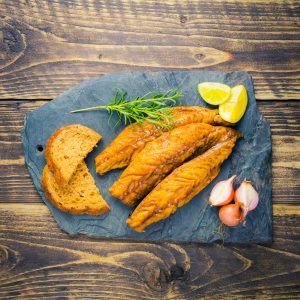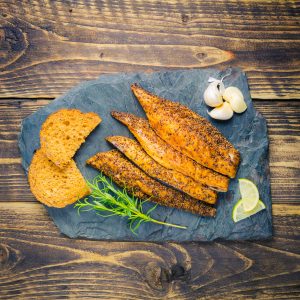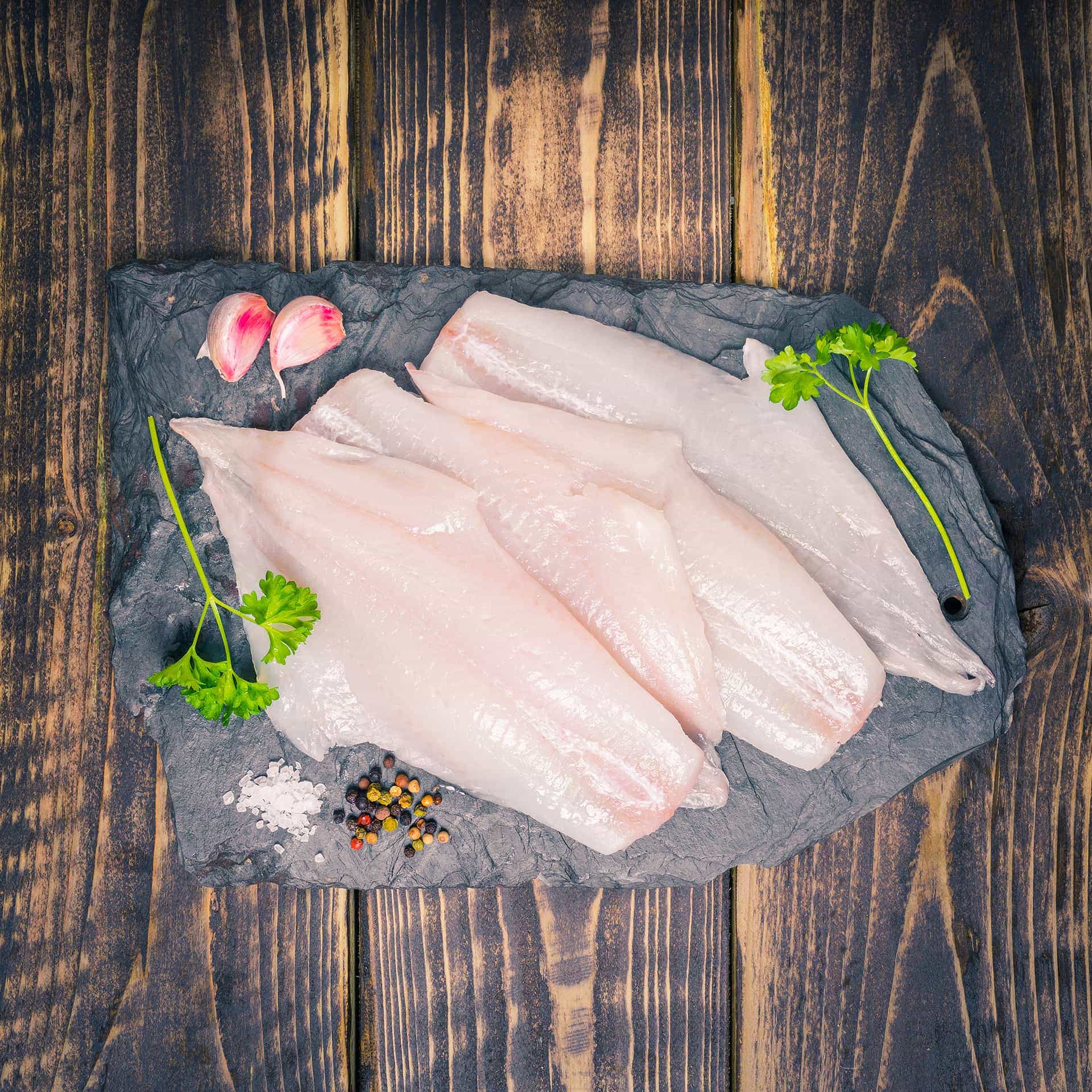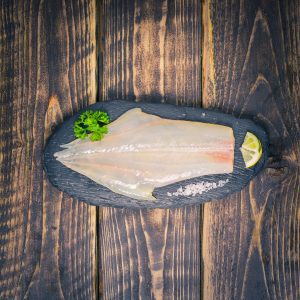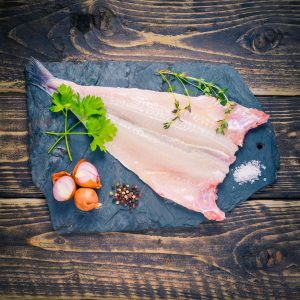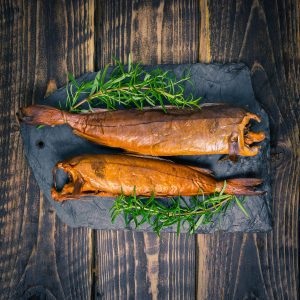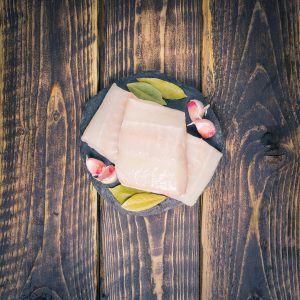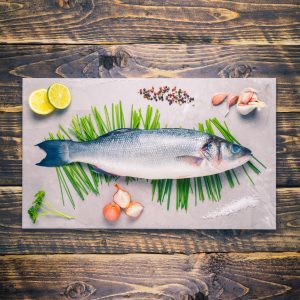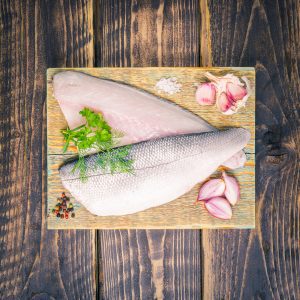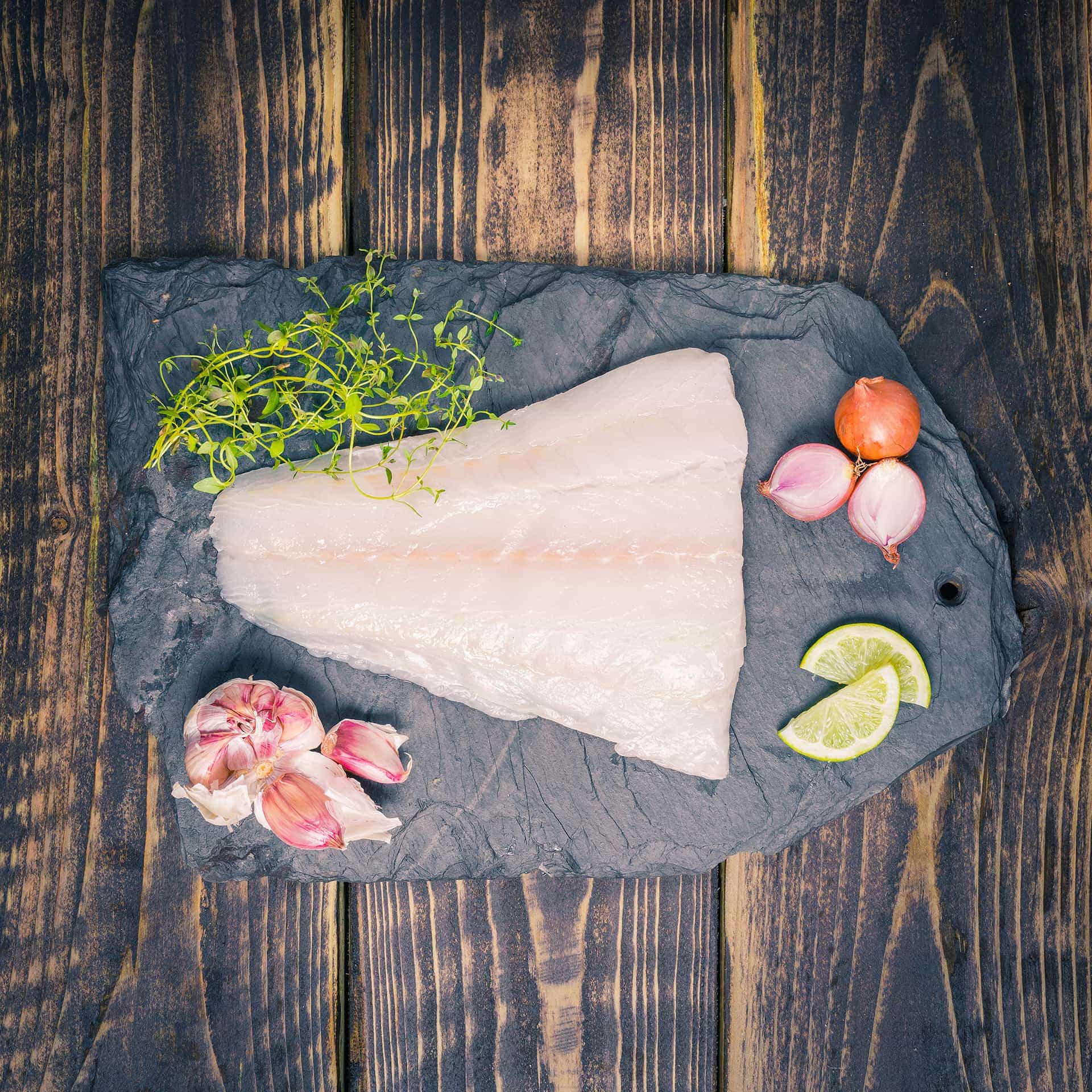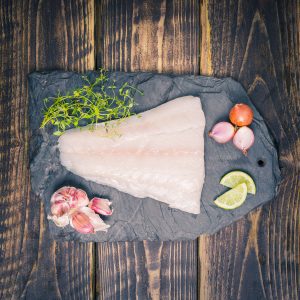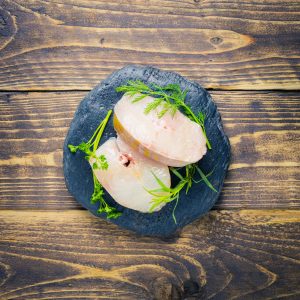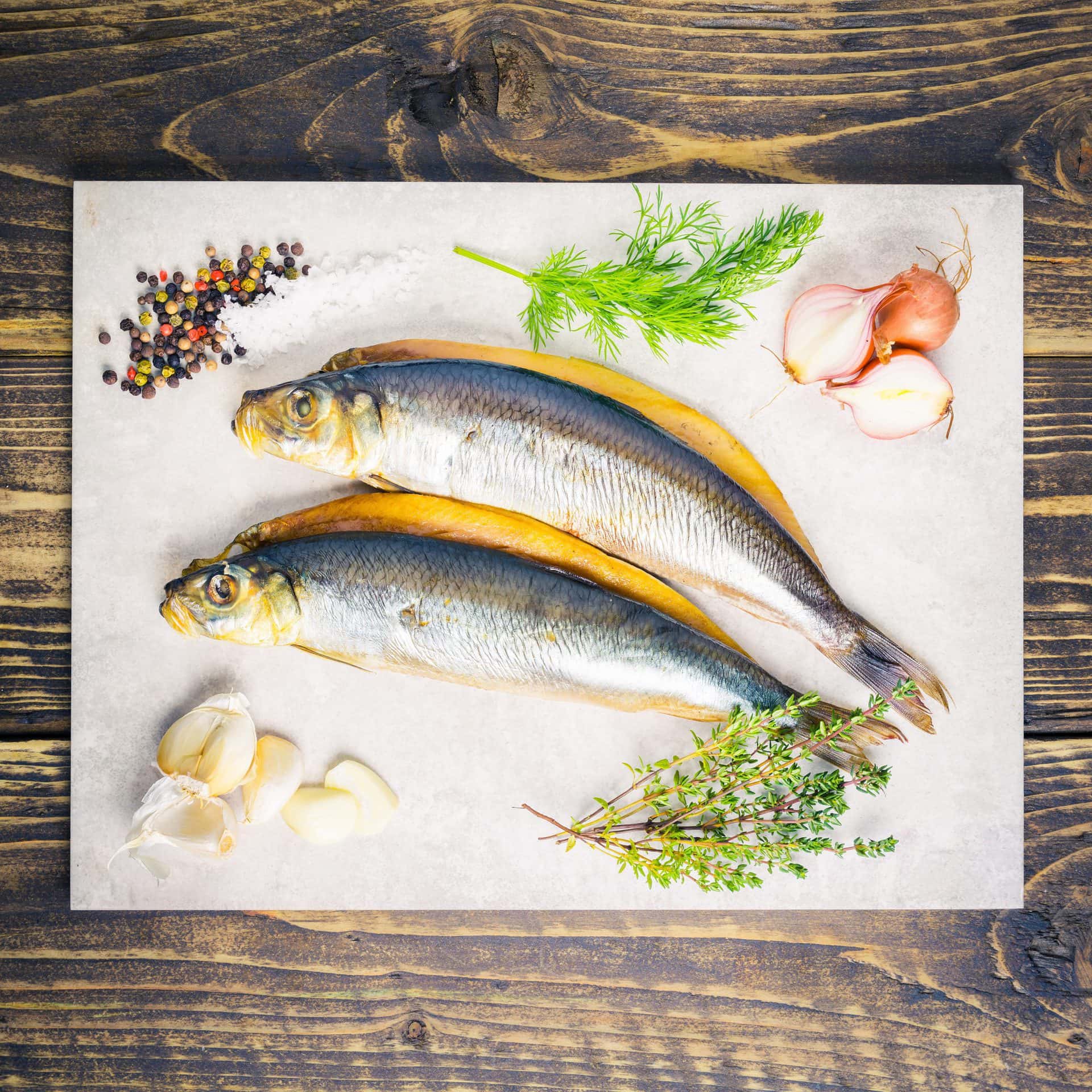
If you think kippers are just something your grandparents used to eat, think again. Sales are on the rise – all thanks to the nutritional benefits and new-found love of this seriously smoky fish.
WHAT ARE KIPPERS?
We’ve all heard of kippers but not everyone is sure exactly what they are.
A kipper is a whole herring that has been sliced in half from head to tail, gutted, salted or pickled, then smoked. It’s this process that is known as kippering, one which gives us the expression “on tenterhooks”.
Of course, fish have been smoked and salted for centuries, but it wasn’t until the mid 19th century that kippering became popular in the United Kingdom. It’s the oiliness of the herring that makes it perfect for smoking.
At one time the quintessential breakfast of the Victorians and Edwardians, kippers were also enjoyed at high tea and supper time. The smoked fish were popular right up until the 1970s and the rise of fast food, when the pungent smell of smoked fish fell out of favour.
Our grandparents were on to something – this oily fish has numerous health benefits and it’s also low in price. Add in the complex flavours created by the smoking process and there’s a lot to love about this humble smoked fish.
CLICK HERE TO BUY WHOLE SMOKED KIPPERS
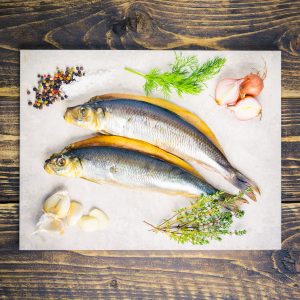
Herring is a species of slab-sided northern fish belonging to the family Clupeidae (order Clupeiformes). There are close to 200 species of herring but only a few are caught for food, including the Atlantic herring (Clupea harengus). With a small head and distinctive silver colouring, they are slightly blue at the top of their body and paler underneath, growing to between 30cm and 38cm in length.
One of the most abundant species of fish in the world, herring eat tiny organisms such as copepods, pteropods and other planktonic crustaceans, as well as fish larvae.
They travel in vast schools, providing food for larger predators such as cod, salmon and tuna.
That’s good news when it comes to sustainability as herring is on the Marine Conservation Society’s list of fish to eat. A resilient fish that swims in vast shoals with no bycatch, herring comes mainly from the North Sea and Norwegian waters.
Here at Fresh Fish Daily, our kippers are landed in the north-east Atlantic Ocean and supplied by the Port of Lancaster Smokehouse.
The best kippers are pale copper in colour and have delicate flesh, smoky and sweet tasting, that pulls away easily from the bone when cooked.
Kippers are quick and easy to cook, whether from chilled or frozen, or alternatively boiled in the bag.
WHAT’S AVAILABLE?
Our whole Smoked kippers are herring that have been split and then smoked over a blend of hardwoods. They’re free from additives and dye, and are prepared with the central bone in place.
Kipper fillets have fewer bones and are cut from below the head to just above the tail.
ARE KIPPERS GOOD FOR YOU?
When it comes to nutrition, this smoked fish is a winner – low in calories, high in protein and packed with omega-3 fatty acids, which are important for good health. Kippers are also a rich source of vitamin D to help teeth and bones grow stronger and reduce the risk of some health conditions.
Per 100g grilled kippers
Energy 245kcal
Fat 17.6g (of which saturated fat 3.74g)
Protein 21.7g
Rich in omega fatty acids, vitamins D and B12, niacin, riboflavin
HOW DO YOU COOK AND SERVE KIPPERS?
Keep it simple is the advice in The River Cottage Fish Book by Hugh Fearnley-Whittingstall and Nick Fisher (A&C Black, 2007) when it comes to how to cook kippers.
“Whether on or off the bone, a good kipper needs only to be grilled as it is, fried in a little butter or poached in a little milk. The only necessary accompaniments are toast (brown) and eggs (poached or scrambled).”
Sometimes people new to eating kippers don’t just ask how do you cook the fish but if it needs to be cooked at all. It does, but the good news is it doesn’t take long. There are plenty of options for how to cook fresh kippers, though bear in mind that what suits you best might come down to taste as well as smell.
Kippers can be baked, fried or cooked in a tall jug of boiling water. Traditionally, kippers were generally grilled then served with a knob of butter. Alternatively, if you prefer to boil in the bag, let them simmer gently for about five minutes.
When it comes to nutrition, this smoked fish is a winner – low in calories, high in protein and packed with omega-3 fatty acids
Here is the important thing to remember when it comes to cooking kippers: grilling not only concentrates the flavour, it also strengthens the smell of the fish.
To poach, place the kippers in a large frying pan of boiled water, remove from the heat and after five minutes drain and serve. Some people prefer to place boiling water in a heatproof jug, add the kippers head down and leave them to warm for 10 minutes.
If you want to know how to cook kippers in the oven, it couldn’t be easier. Butter the kippers lightly and wrap them in foil, cooking in the centre of the oven for eight to 10 minutes.
If you’re in a hurry, and want to know how to cook kippers in a microwave, cut off the head and tail and cook for one and a half to two minutes, serving with fresh brown bread and butter.
There’s no best way to cook kippers, it really is a case of whatever suits you best. Whatever you choose, you’ll be rewarded with that wonderful taste of wood smoke blended with the delicate fish flesh.
There’s no best way to cook kippers. It really is a case of whatever suits you best
When it comes to how to eat kippers and what to eat with them, you are spoiled for choice. If you fancy kippers for breakfast, serve them with scrambled or poached eggs. For lunch, mix them with spinach, bacon and new potatoes for a warm salad or serve with mash if you prefer something more traditional.
The small bones can be eaten but if you prefer not to, eat from the tail to the head, gently pulling forkfuls away to leave the bones behind.
KIPPER RECIPES
The versatility of kippers means you might prefer to look for recipes depending on what time of day you fancy eating the smoked fish. For breakfast? Think about kippers on toast or kippers and eggs. There’s also kedgeree, with a kick of mild curry powder, mushrooms and rice.
Blend the flesh from the kippers with soft cheese, a spring onion, lemon, dill and cucumber to make kipper pâté for lunch, and serve with toast. Or use kippers as a base for a creamy, warming soup such as Cullen skink.
Flake the soft flesh of the kippers and mix with couscous for a warming supper, or think about kipper rarebit, stirring flakes of fish through a bechamel sauce and serving with a poached egg.
Grilling not only concentrates the flavour, it also strengthens the smell of the fish
Again in The River Cottage Fish Book, the authors have a recipe for kipper carbonara, a fresh take on the classic pasta dish with salty and sweet fish.
“Cook pasta until al dente. Cut the kipper flesh off the skin and remove any pin bones. Slice the flesh into small strips. Fry gently in butter in a small pan for a couple of minutes, until cooked through.
“Put egg yolks and cream into a bowl, season (going easy on the salt because of the kippers) and whisk together.
“Drain the pasta and return to the still-hot pan. Add the egg and cream mixture and kipper lardons and quickly toss everything together using two forks. The eggy cream should be cooked – and slightly thickened – by the heat of the pasta and the pan. If it looks a bit runny, you can put it back on the hob for just a minute, but don’t overdo it. The finished sauce should coat the pasta strands like silky custard – not scrambled egg.
“Serve straight away and pass the pepper mill round.”
Meanwhile, in The Scots Kitchen (1929) F Marian McNeill has a recipe for a tasty snack of traditional Scottish kipper creams.
“Remove the skin and bone from a plump kipper and rub the flesh through a sieve. Add two egg yolks, pepper, little or no salt (if the fish is highly cured), two tablespoons of thick cream or white sauce, and the well-beaten white of one egg. Mix well and turn into little paper cases. Bake in a moderate oven to a light golden brown. Sprinkle with finely chopped parsley and serve on fish paper, or turn on to small round oatcakes made hot and crisp in the oven and buttered.”
Look for these kipper recipes to try:
- Kedgeree with kippers
- Kipper couscous
- Grilled kippers
- Kippers with eggs
- Kipper pâté
- Scrambled eggs and kippers on toast

